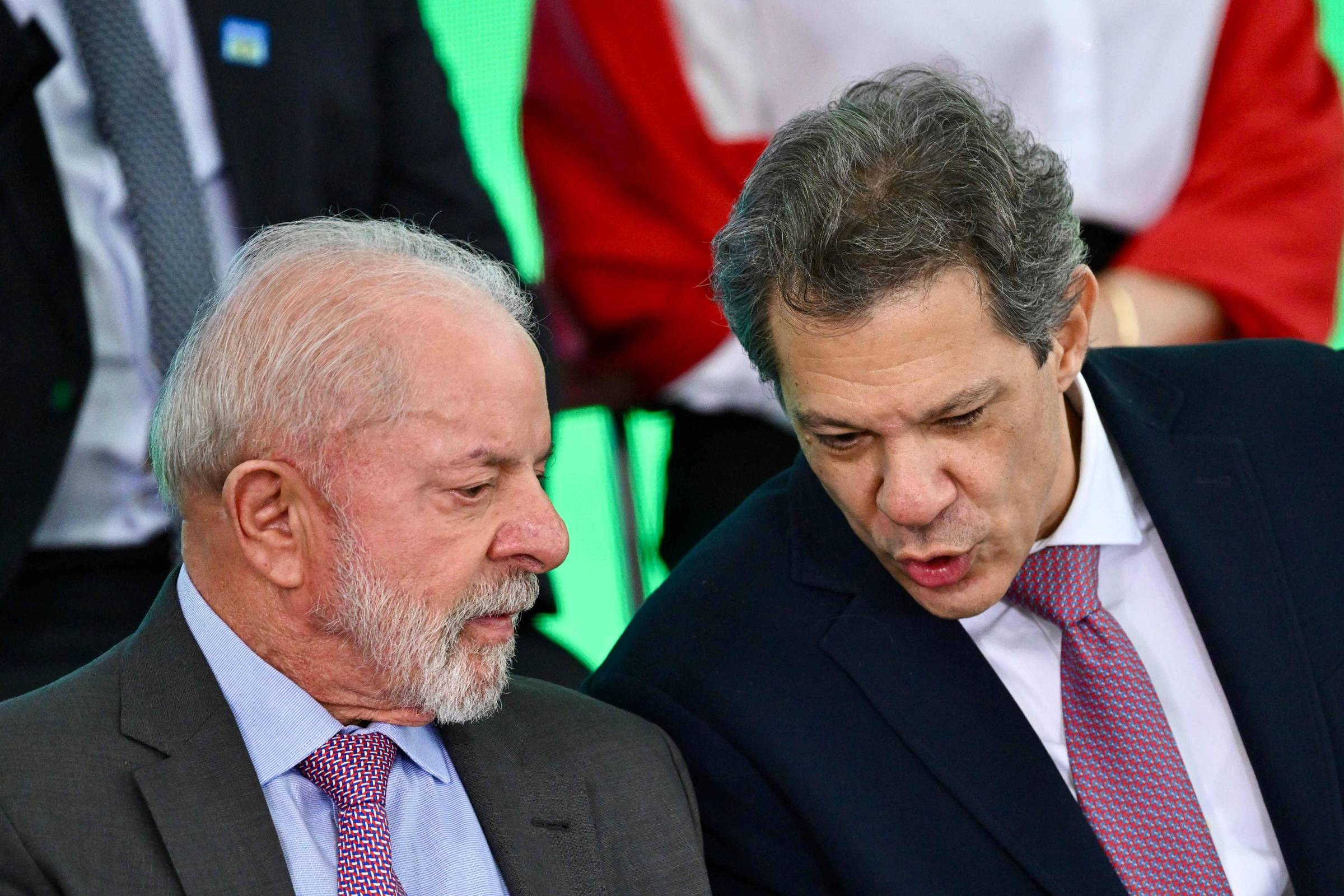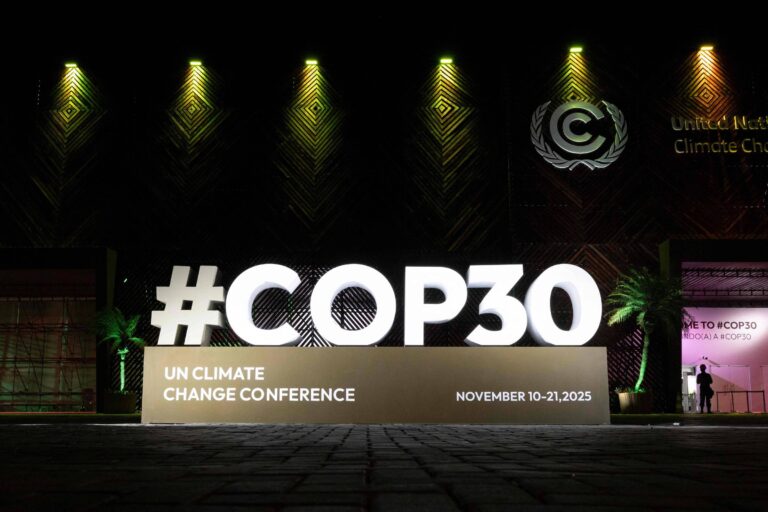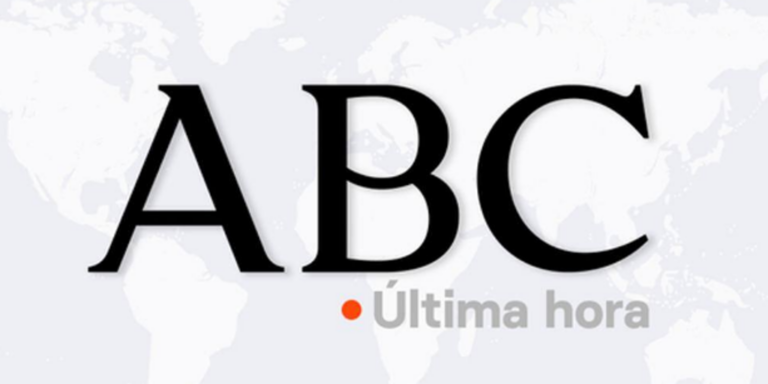
According to a Genial/Quest survey published on Wednesday (12th), the percentage of Brazilians who believe that food prices in the market have increased in the last month fell by 5 points to 58% in November. 23% remained unchanged and 17% decreased.
This recognition is in line with data released by IBGE (Brazilian Institute of Geography and Statistics) this Tuesday (11th). The official inflation rate, as measured by the IPCA (IPCA), slowed to 0.09% in October, the lowest level for the month since 1998.
For individuals earning up to twice the minimum wage, the decline was 63% to 61%, within a 2-point margin of error. The proportion of people receiving two to five salaries fell six percentage points to 56% from 62% in November. As of March this year, it was 88%.
The survey was conducted from November 6th to 9th. 2,004 face-to-face interviews were conducted with Brazilians aged 16 and older.
According to the survey, 24% believe Brazil’s economy has improved in the past 12 months, an increase of 3 percentage points compared to October. However, 42% think things have gotten worse, compared to 35% in October, and 32% think things will stay the same.
For half of Brazilians, it is harder to find work now than it was a year ago. For 39%, it’s easy. Among those with five or more minimum wages, the share who think it’s more difficult (46%) again exceeds the share who think it’s easier (40%).
The investigation also included a block assessing President Lula’s October 26 meeting with US President Donald Trump. After the meeting, the president’s approval rating was 45% and his approval rating was 30%. In the case of 51%, the president will reach an agreement to reduce the 50% tariff imposed on Brazil, but in the case of 39%, this will not happen.
As with previous editions, 42% expect the economy to improve over the next 12 months. However, 58% think Brazil is heading in the wrong direction, compared to 50% in January this year.
According to the survey, the recovery in Lula’s government’s reputation since May has been halted, with 50% disapproving and 47% supporting it. The disapproval rate increased by 1 point, while the approval rate decreased by the same percentage, increasing the gap from 1 point in October to 3 points this month.



